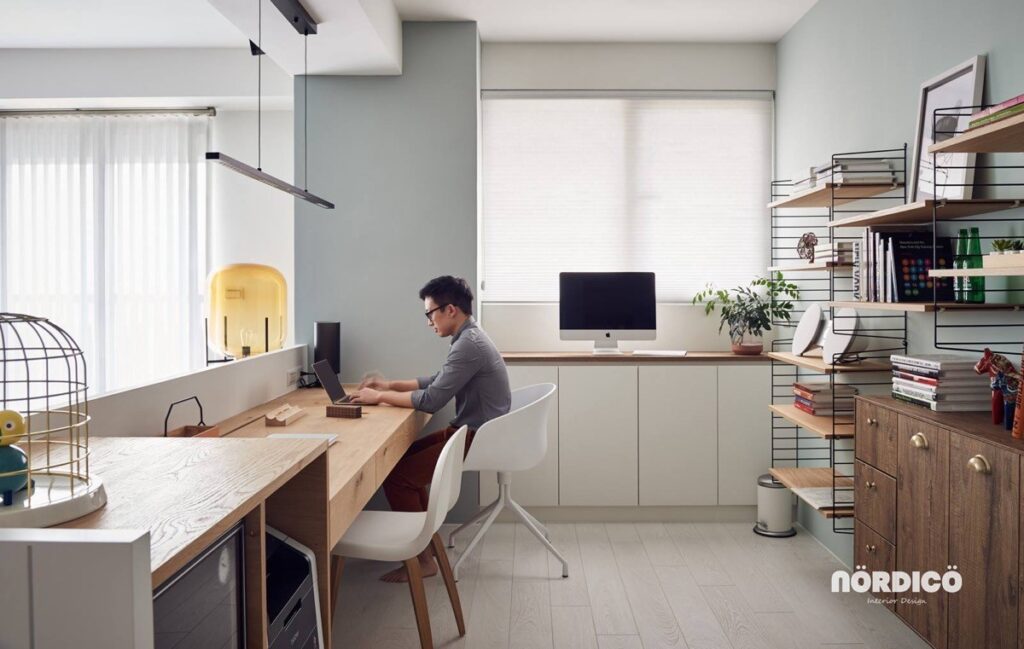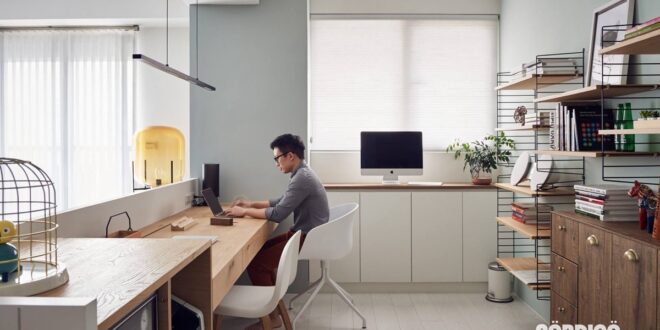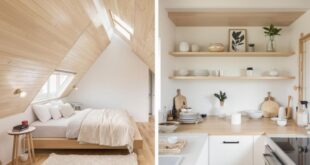
The Allure of the Minimalist Home: Creating Space, Peace, and Purpose
In a world increasingly saturated with possessions, the concept of the minimalist home has gained significant traction. More than just a design trend, it represents a conscious lifestyle choice aimed at decluttering physical spaces and, by extension, mental landscapes. This article explores the principles, benefits, and practical steps involved in creating a minimalist home that fosters peace, purpose, and a greater appreciation for the things that truly matter.
What is a Minimalist Home?
A minimalist home is characterized by simplicity, functionality, and a focus on essential possessions. It’s not about stark emptiness or sacrificing comfort; rather, it’s about intentionally curating a space that reflects your values and supports your lifestyle. Key elements include:
- Decluttering: Removing unnecessary items that clutter the space and mind.
- Functionality: Prioritizing items that serve a practical purpose.
- Quality over Quantity: Investing in fewer, higher-quality items that last longer.
- Open Space: Creating a sense of spaciousness and airiness.
- Intentional Design: Choosing furniture and décor that are both aesthetically pleasing and functional.
The Benefits of Embracing Minimalism
Adopting a minimalist home lifestyle offers a multitude of benefits that extend beyond aesthetics. These include:
Reduced Stress and Anxiety
Clutter can be a significant source of stress and anxiety. Studies have shown a direct correlation between a cluttered environment and increased levels of cortisol, the stress hormone. A minimalist home, free from unnecessary possessions, promotes a sense of calm and order, reducing mental clutter and improving overall well-being. Imagine coming home to a space that feels like a sanctuary, rather than a battleground against chaos. This is the power of a minimalist home.
Increased Productivity and Focus
A decluttered environment can significantly enhance productivity and focus. When surrounded by fewer distractions, it’s easier to concentrate on tasks and achieve goals. A minimalist home provides a conducive environment for work, creativity, and personal growth. By removing visual noise, you create space for mental clarity.
Financial Freedom
Minimalism encourages mindful consumption and discourages impulsive buying. By focusing on essential items and avoiding unnecessary purchases, you can save money and achieve greater financial freedom. A minimalist home is not just about having less stuff; it’s about having more control over your finances and making conscious spending decisions. This can lead to opportunities for travel, investment, or early retirement.
Environmental Sustainability
Minimalism promotes a more sustainable lifestyle by reducing consumption and waste. By buying less and prioritizing quality, you contribute to a smaller environmental footprint. A minimalist home is an eco-friendly home, reflecting a commitment to responsible consumption and a more sustainable future. Reducing the need for constant replacement of cheaply made goods benefits the planet.
More Time and Energy
Maintaining a minimalist home requires less time and energy. With fewer possessions to clean, organize, and maintain, you have more time to pursue your passions and spend time with loved ones. Imagine the hours you could save each week by not having to constantly tidy up clutter. A minimalist home frees you from the burden of excessive possessions, allowing you to focus on what truly matters.
Creating Your Own Minimalist Home: A Step-by-Step Guide
Embarking on the journey to create a minimalist home can seem daunting, but it’s a process that can be broken down into manageable steps:
Step 1: Declutter One Area at a Time
Start with a small, manageable area, such as a drawer, a shelf, or a corner of a room. Avoid trying to declutter everything at once, as this can be overwhelming. Focus on one area at a time, and gradually work your way through your home. Consider using the KonMari method, which involves asking yourself if each item “sparks joy” before deciding whether to keep it.
Step 2: Sort and Categorize Your Belongings
As you declutter, sort your belongings into categories: things to keep, things to donate, things to sell, and things to discard. Be honest with yourself about what you truly need and use. Don’t hold onto items out of guilt or obligation. If you haven’t used something in a year, chances are you don’t need it. [See also: Decluttering Tips for a Stress-Free Life]
Step 3: Donate, Sell, or Discard Unwanted Items
Once you’ve sorted your belongings, take action. Donate usable items to charity, sell valuable items online or at a consignment shop, and responsibly discard items that are no longer usable. Don’t let the decluttered items sit in boxes – get them out of your house as soon as possible. Consider donating to local organizations that support your community.
Step 4: Organize and Optimize Your Space
After decluttering, focus on organizing and optimizing your space. Use storage solutions to maximize space and keep items organized. Consider vertical storage, such as shelves and drawers, to make the most of limited space. Keep surfaces clear and clutter-free. A well-organized space is essential for maintaining a minimalist home.
Step 5: Be Mindful of Future Purchases
The key to maintaining a minimalist home is to be mindful of future purchases. Before buying something new, ask yourself if you truly need it, if it will add value to your life, and if you have space for it. Avoid impulse purchases and focus on buying quality items that will last. Consider adopting a “one in, one out” rule, where you get rid of something every time you buy something new. This helps to prevent clutter from accumulating.
Minimalist Design Principles
Creating a visually appealing minimalist home involves incorporating specific design principles:
Neutral Color Palette
A neutral color palette creates a sense of calm and spaciousness. Opt for shades of white, beige, gray, and other neutral tones. These colors reflect light and make a room feel larger and more airy. You can add pops of color with accessories, but keep the overall palette neutral.
Clean Lines and Simple Shapes
Choose furniture and décor with clean lines and simple shapes. Avoid overly ornate or decorative items. Simple, functional pieces are the hallmark of minimalist design. Look for furniture with a timeless aesthetic that will not go out of style.
Natural Light
Maximize natural light by keeping windows clear and using sheer curtains or blinds. Natural light makes a room feel more open and inviting. Avoid heavy drapes that block out light. Consider adding mirrors to reflect light and create the illusion of more space.
Minimalist Décor
Choose décor items carefully and intentionally. Avoid cluttering surfaces with unnecessary accessories. Focus on a few key pieces that add personality and visual interest. Consider incorporating plants to bring life and color into your space. [See also: Incorporating Biophilic Design into Your Home]
Functional Furniture
Select furniture that is both functional and aesthetically pleasing. Look for pieces that serve multiple purposes, such as a sofa bed or a coffee table with storage. Choose furniture that is appropriately sized for your space and doesn’t overwhelm the room. Consider investing in high-quality furniture that will last for years to come.
Maintaining Your Minimalist Home
Creating a minimalist home is an ongoing process, not a one-time event. To maintain a minimalist lifestyle, it’s important to establish regular decluttering and organizing habits. Schedule regular decluttering sessions to remove unwanted items and keep your space tidy. Practice mindful consumption and avoid accumulating unnecessary possessions. A minimalist home requires a commitment to simplicity and intentional living.
The Minimalist Home: A Path to a More Fulfilling Life
The minimalist home is more than just a design trend; it’s a lifestyle choice that can lead to a more fulfilling and meaningful life. By decluttering your physical space, you can declutter your mind, reduce stress, and create space for what truly matters. Embrace the principles of minimalism and experience the transformative power of living with less. The journey to a minimalist home is a journey to a more intentional and purposeful life.
 Nimila
Nimila




